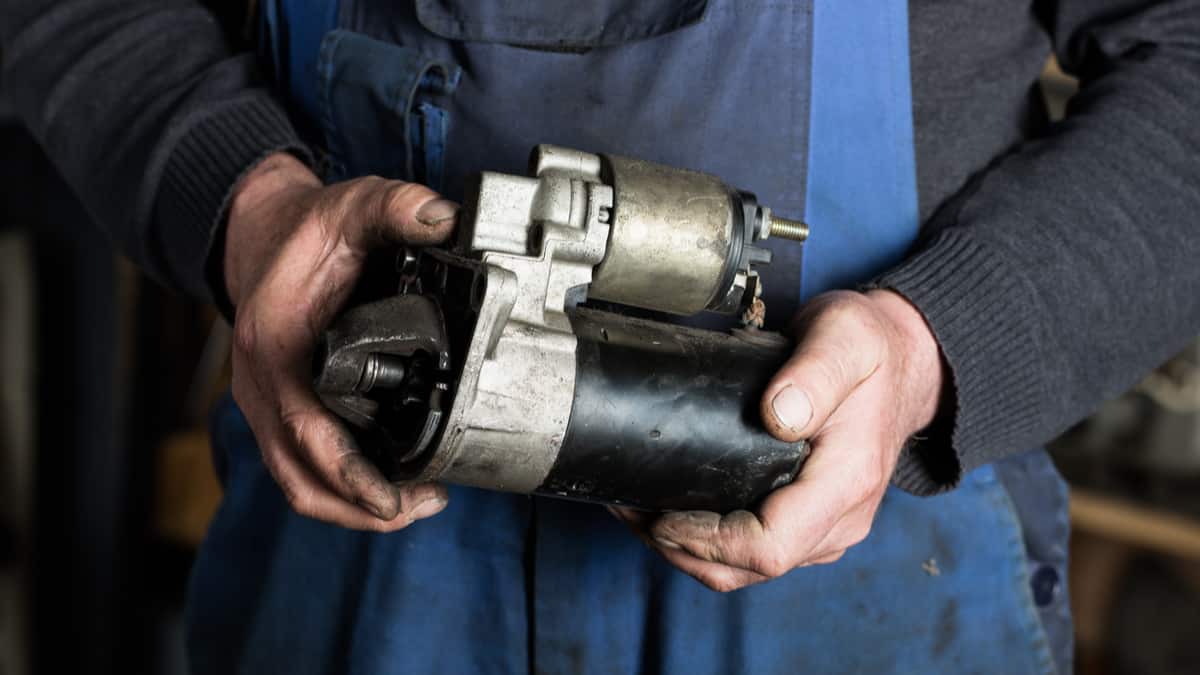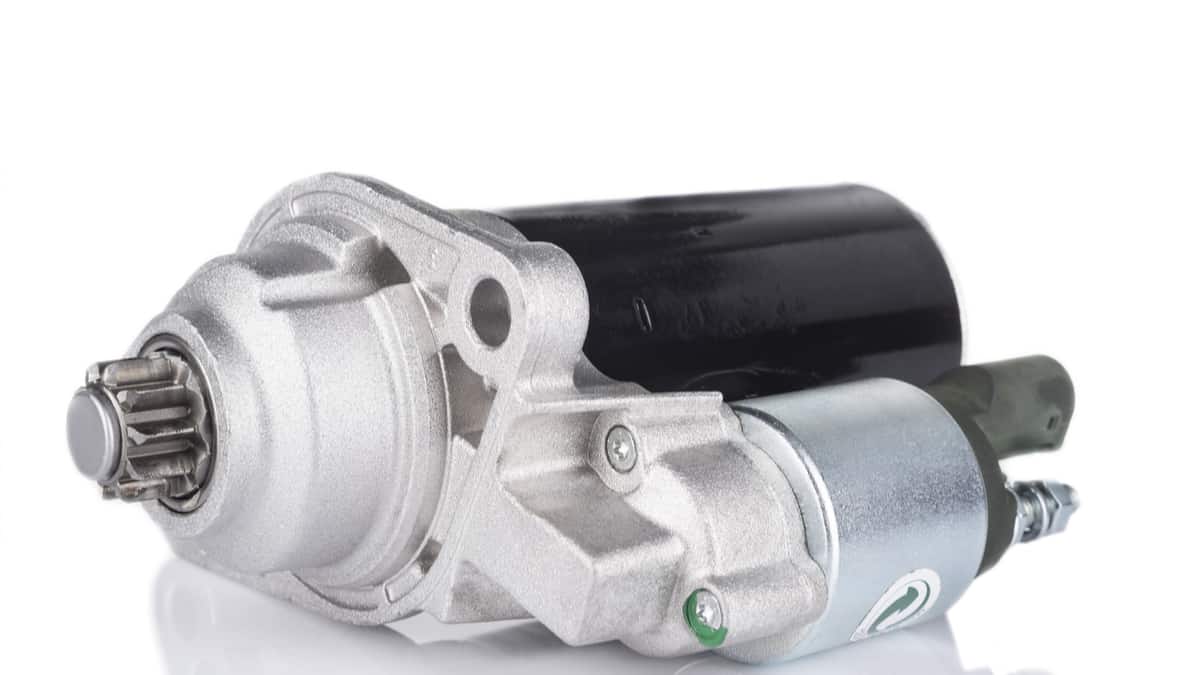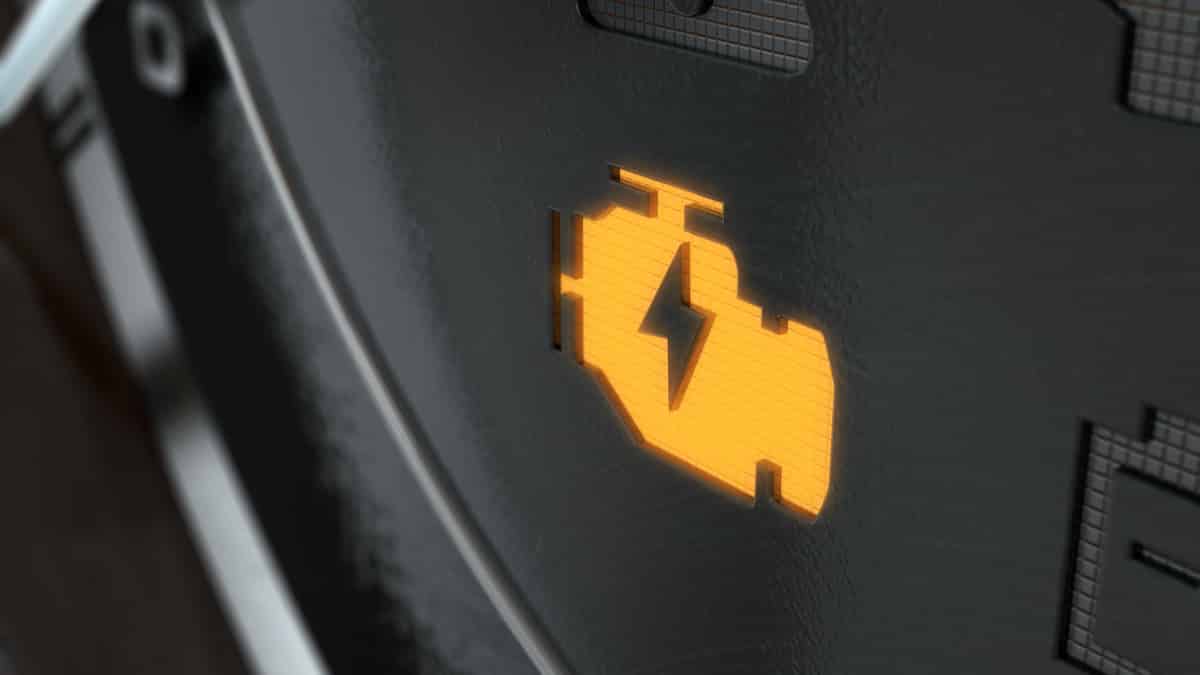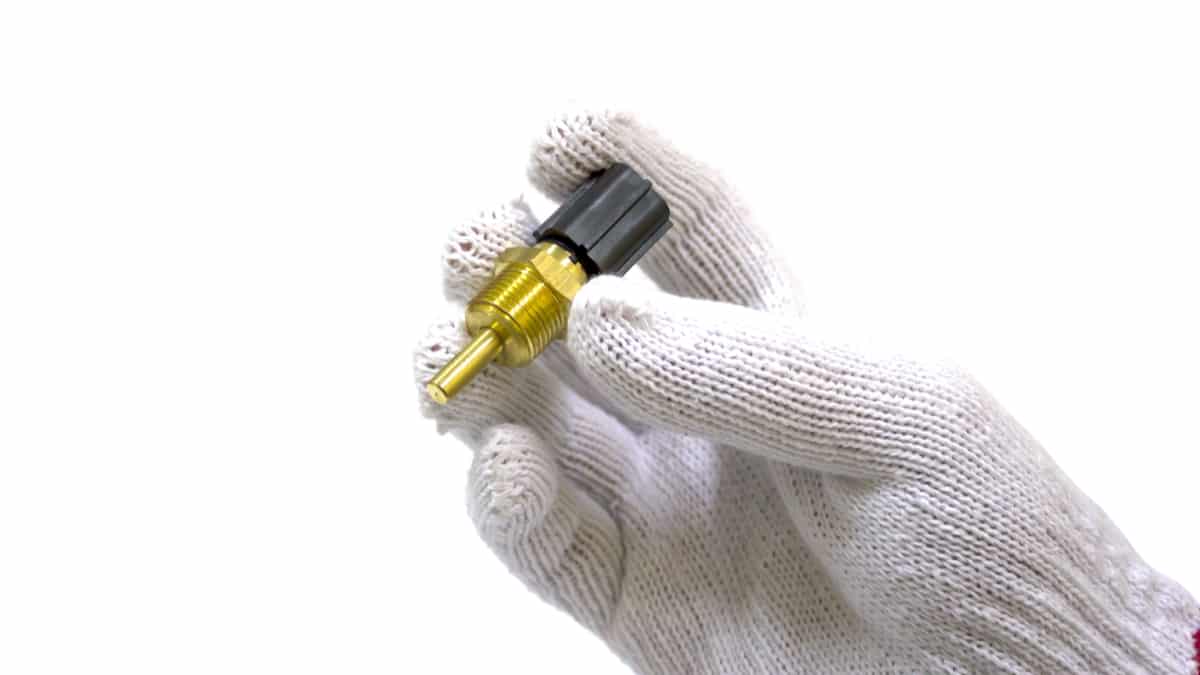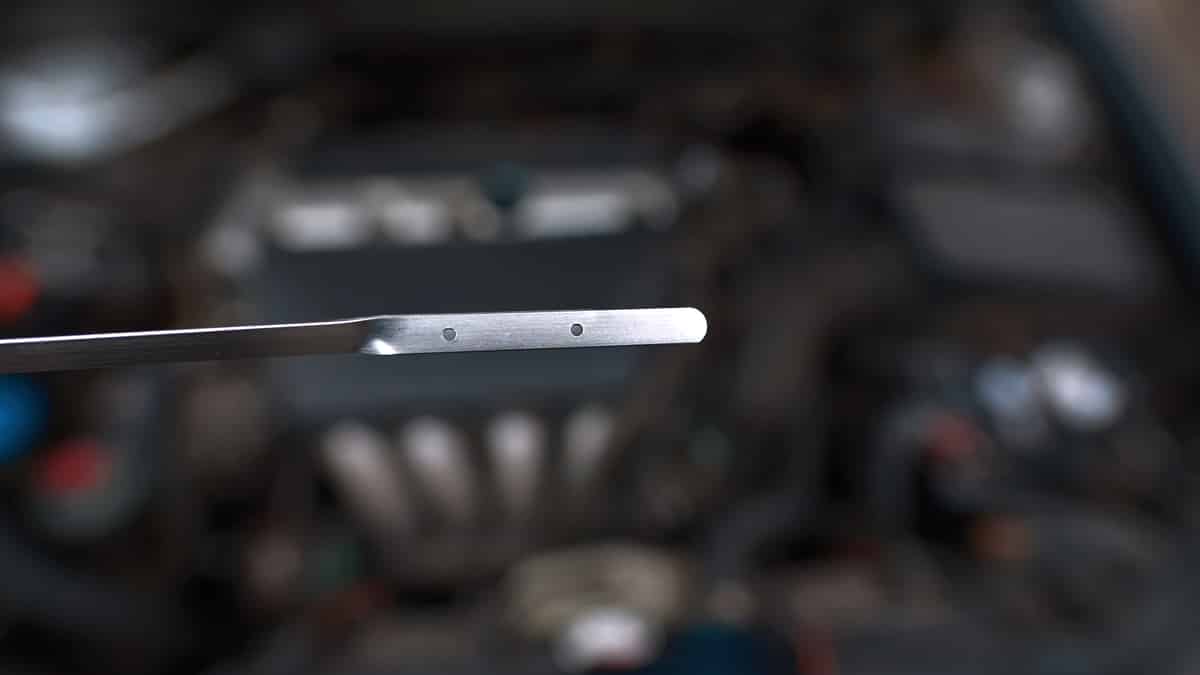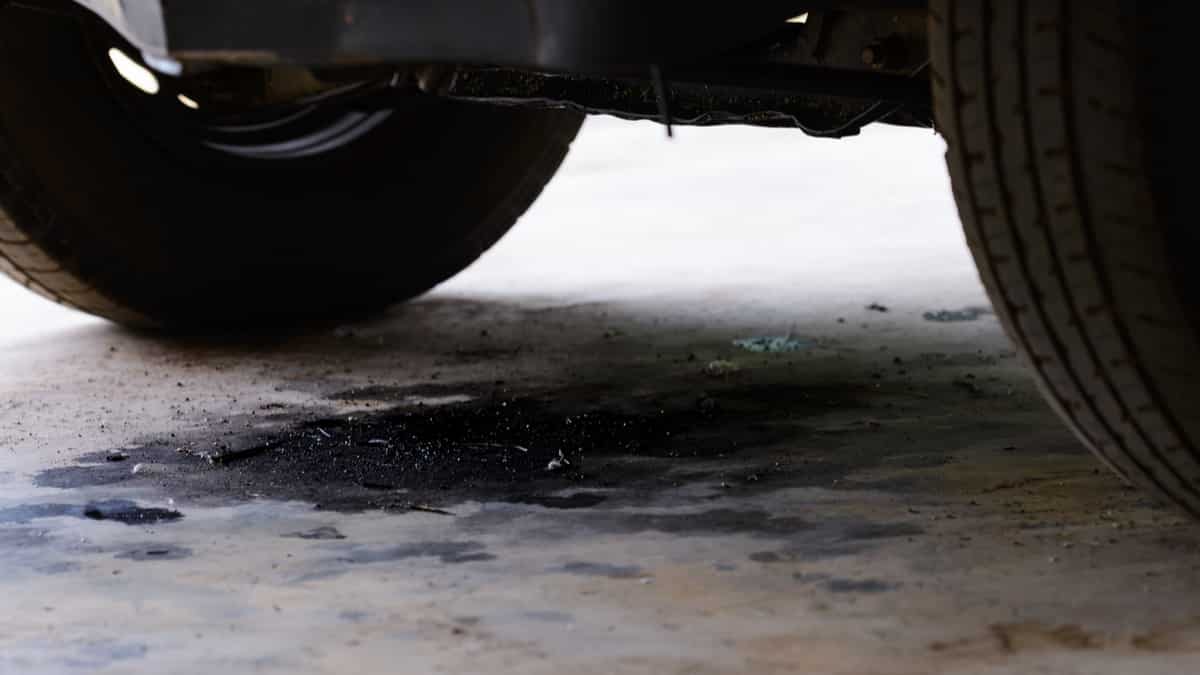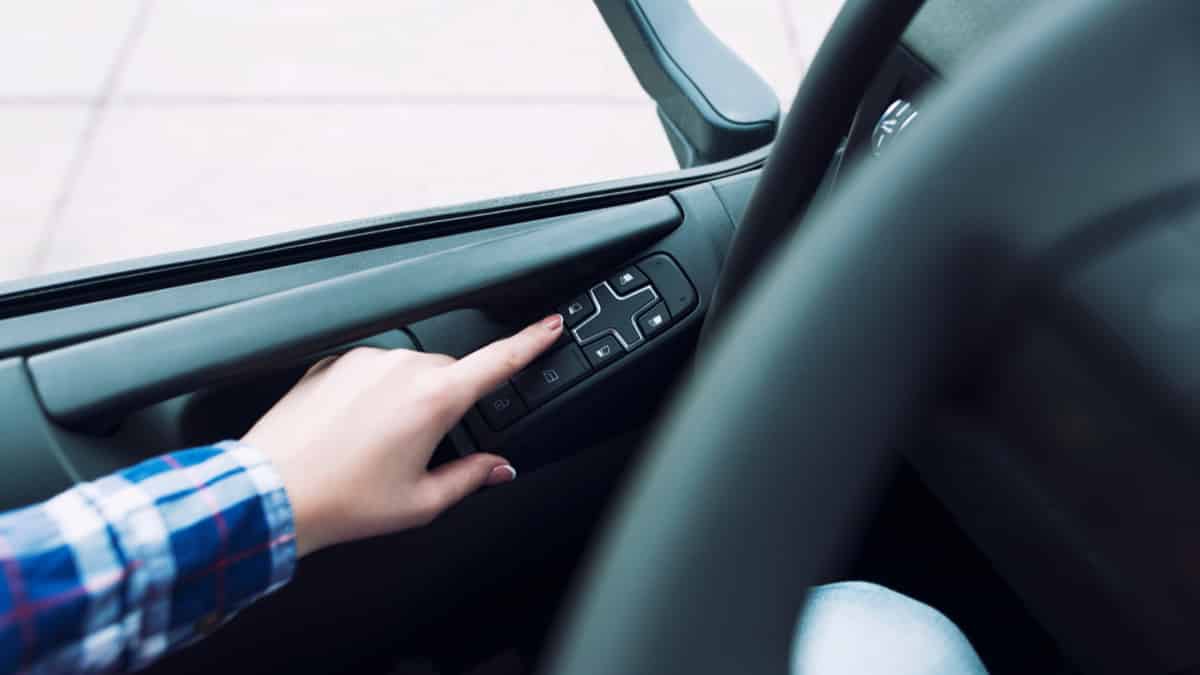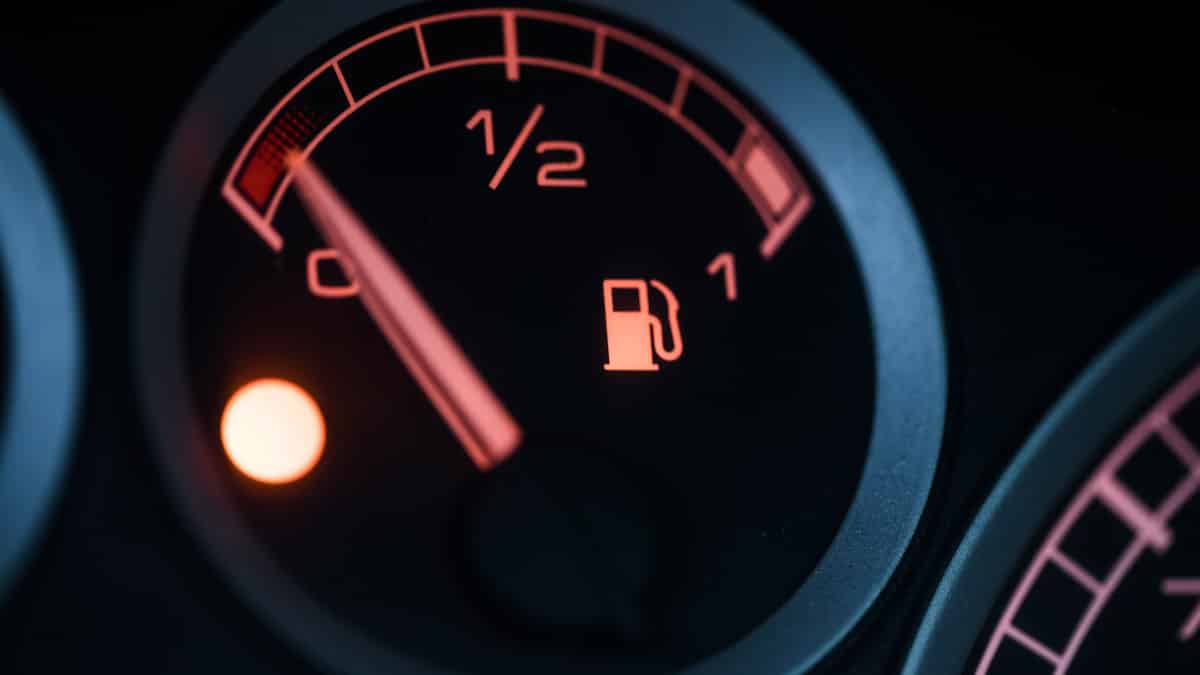If you hear the dreaded clicking when you try to get your car’s engine going, you may be having trouble with your starter not engaging as it should. When the starter is not engaging, it can lead to a fast (click-click-click-click) or a slower-paced (click—-click) clicking. Either way, you need to figure out what has gone wrong, so you can fix it.
In this comprehensive guide, we look at reasons for the starter not to engage. We also show you how to check the starter yourself and give you answers to questions that have been bothering you.
Reasons For Your Starter Not Engaging
The starter may not engage because the battery voltage is low or you have a bad starter solenoid. It could also be due to a bad starter plunger or pinion, defective wiring or connection, flywheel damage or could be the result of a bad engine ground connection.
1. Low battery voltage
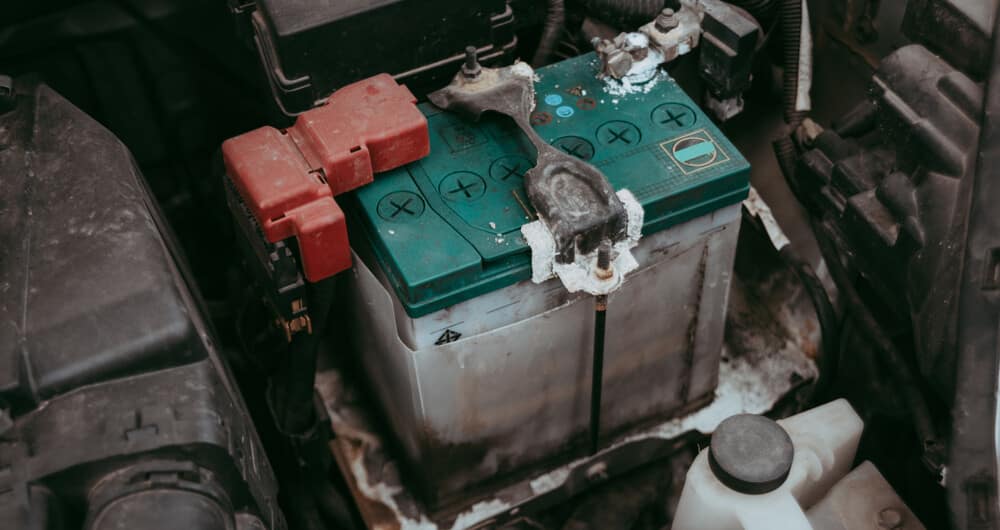
One of the main reasons why the starter motor won’t engage is due to low battery voltage. The starter requires a good chunk of voltage to engage, which is why the battery level drops slightly after starting the car.
If the voltage gets too low, you will notice several electrical problems beyond the trouble with the starter. It’s important to determine why the battery voltage is low before replacing it, as it could be a result of an alternator that’s not working right or a parasitic drain.
2. Bad Starter Solenoid
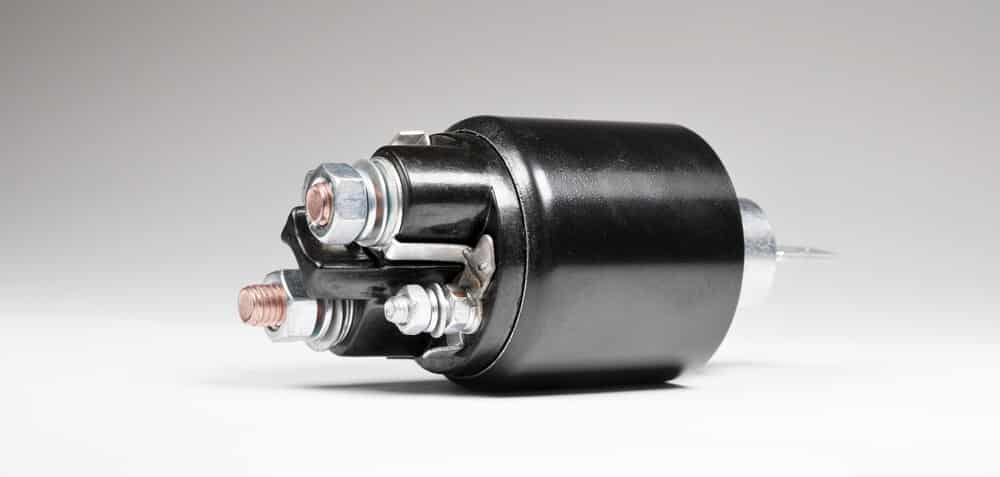
If the starter isn’t engaging with a fully functioning battery, the solenoid might be the issue. The starter solenoid sends an electrical current to the starter motor from the battery.
When the solenoid fails, the electrical current can’t get to the starter motor. Therefore, the starter may spin, but it’s not going to engage.
3. Bad Starter Plunger or Pinion
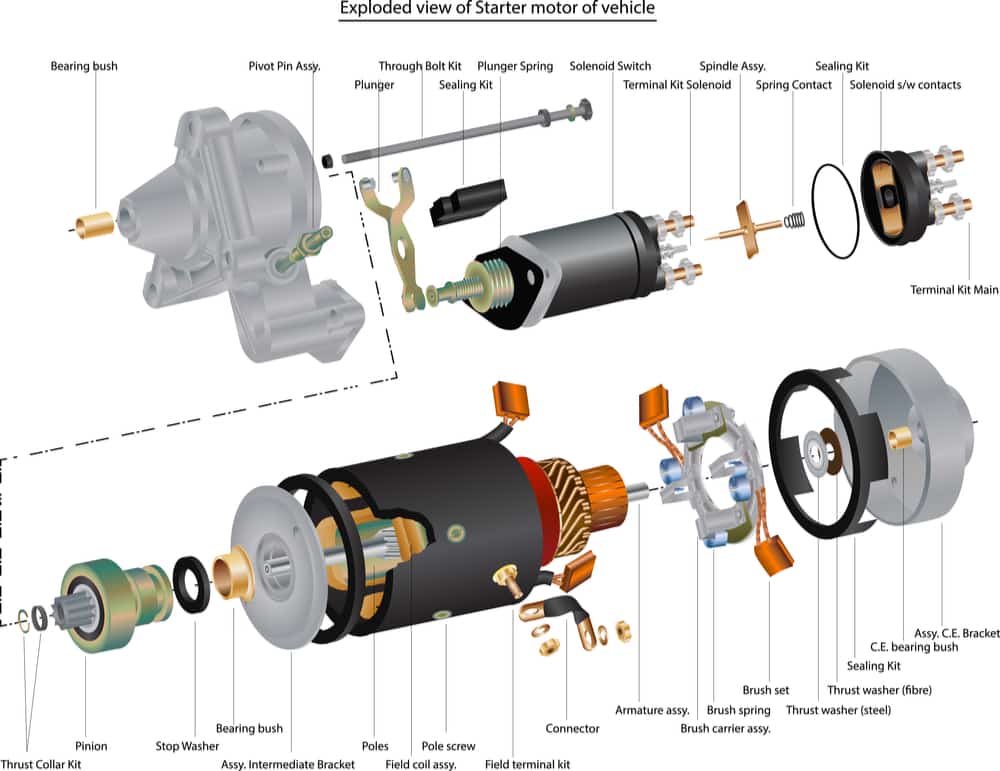
The starter has a plunger that is needed to engage the electromagnet that makes contact to create the spinning of the motor. It’s also responsible for pushing the drive pinion into the flywheel.
If these parts have failed, the starter isn’t going to engage. At this point, it’s best to replace the starter for the quickest fix.
RELATED: How to Start a Car with a Bad Starter (7 Steps)
4. Bad Wirings To The Starter
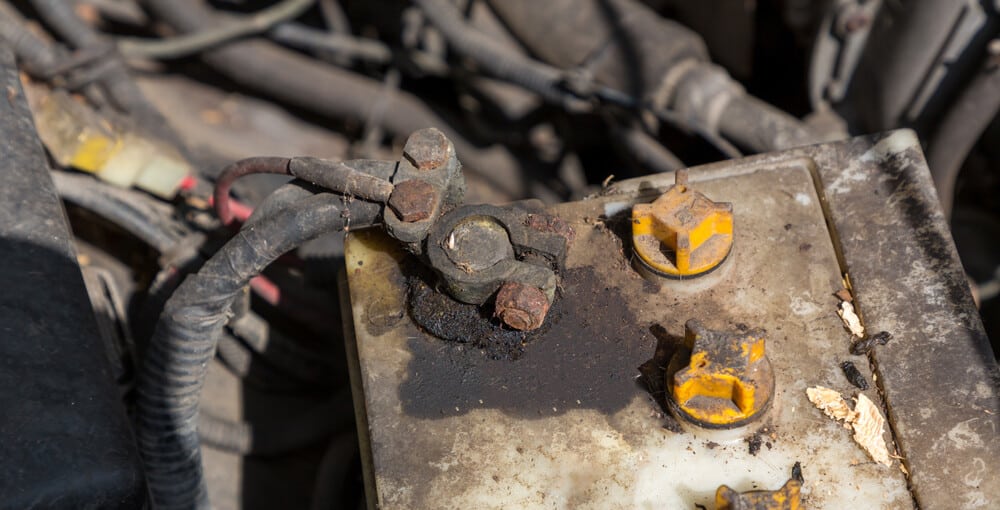
The starter is connected to the battery. If any of the electrical connections or wiring is bad, the power won’t be transmitted properly and the starter won’t engage.
In some cases, you may simply be dealing with battery corrosion. Even when the wires are connected, the corrosion can block the transfer of power. Thankfully, cleaning battery corrosion is an easy fix.
5. Flywheel damages

The flywheel is a disc attached to the end of the crankshaft, ensuring that the power coming from the engine is smooth and controlled. If the flywheel becomes damaged, it won’t be able to convert the starter’s electrical energy into the mechanical energy needed by the motor.
As the flywheel fails, you may also notice grinding while trying to start the car. It can also create a vibrating engine.
6. Bad Engine Ground
When the engine ground connection is bad, you can face a lot of strange symptoms in your car. Having trouble getting the starter to engage is just one complaint.
You may also have engine performance issues, such as bucking or surging. Aside from that, there could be electrical system malfunctions that you can’t easily explain.
How To Check A Starter
Many auto parts stores provide free parts testing, which usually includes the starter. However, if you want to figure out what’s wrong and fix it yourself, we have some simple steps for you to follow. Just remember that our instructions should never contradict what’s in your service manual. You can find detailed instructions for troubleshooting in the manual, tailored specifically to your vehicle.
1. Check Battery Voltage
It’s important to see how much voltage the battery is putting out first. If there’s not enough power, you won’t get the starter to engage. Use your multimeter and test the battery with the engine off.
The reading should be between 12.4 and 12.6 volts for a fully charged battery. If the measurement is below this, you may not have enough power for the starter. You can replace the battery, but it’s also wise to check the alternator just to be sure this part isn’t preventing the battery from charging.
2. Clean Battery Corrosion
If there’s corrosion on the battery terminals, it usually has a white or green fuzzy look to it. Cleaning off the terminals is a simple task that can be done with a baking soda and water solution. Make sure you wear gloves as you clean off the corrosion because it can be abrasive to the skin.
Once the corrosion is clean, check all of the connections to ensure they are secure. Try starting the car once again.
3. Check the Starter
If the two easier options didn’t help, it’s time to inspect the starter. This part isn’t always easily accessible, with some cars having it hidden behind other parts.
Check all of the connections to the starter. With your multimeter, you also want to check the starter solenoid, ensuring it’s getting enough power and sending power back out.
Some people choose to bang gently on the starter to see if it works again. In some cases, this may buy you some time, but it’s not going to resolve the issue. You can also bench-test the starter to see if you can get the pinion moving while jumping it.
4. Check the Flywheel
If all of your other checks come back okay, you may want to move on to the flywheel. Here are some generic steps to consider.
- Remove the starter motor (you probably already did for the last check).
- Put the transmission in Neutral.
- Rotate the crankshaft. You can use a ratchet.
- As you rotate the crankshaft, the flywheel will also turn. It’s located at the back or side of your engine, depending on the drivetrain.
- If you notice any damage to the gear teeth, you should replace the flywheel.
5. Contact a Mechanic
If these troubleshooting steps haven’t gotten you closer to figuring out why the starter won’t engage, it’s time to reach out to a mechanic. We have worked on a lot of starters in our day, so we understand the difficulty this part can pose if you aren’t familiar with it.
Ask your family and friends for a recommendation of a mechanic if you don’t have one already. After just an hour or so, the mechanic should be able to tell you what’s wrong and provide you with a detailed estimate for the repairs.
Can you jump-start a car with a bad starter?
No, jump-starting a vehicle only gives more power to the battery. If there’s something wrong with the starter, adding more battery power doesn’t change anything. If it has an automatic transmission, you need to have the car towed because it can’t be push-started like a manual transmission car.
Will a car still start if the flywheel is broken?
It depends on how bad the damage is. If the teeth are broken, the starter motor may not engage with the flywheel. In some cases, it might take longer to get the car started, but it may eventually quit starting at all. That’s why you should have the problem fixed at the first sign of trouble.
What turns the flywheel in a starter?
The starter pinion fits into the ring gear grooves. As you turn the ignition to start the car, the electromagnet inside the starter body engages and pushes out the rod where the pinion is attached. This pinion meets up with the flywheel when the starter motor begins to turn.
Will a jump help a bad starter?
A jump can help a bad starter in some cases, because of the higher voltage the starter motor will get. In most cases, a bad starter won’t turn over just because you give it more power, but it might be worth a try.
Why does my starter click but not spin?
The starter won’t engage if the battery voltage is too low. It could also have a bad solenoid, plunger or pinion. Aside from that, flywheel damage can occur, or there could be bad wiring. There’s also the chance that you are dealing with a bad engine ground connection.
When the starter is no longer engaging, you are at risk of being stranded somewhere other than home. However, you can prevent this concern if you take action at the first sign of mechanical failure. If the starter begins giving you trouble, don’t keep driving. Instead, inspect the system and replace the defective parts.
If you aren’t accustomed to working with the starter or you are having trouble getting to it, we recommend taking your vehicle to a mechanic instead. After all, a small repair bill is better than waiting hours for a tow truck to arrive.
Tags: Starting Issues
Categories: Engine, Troubleshooting
